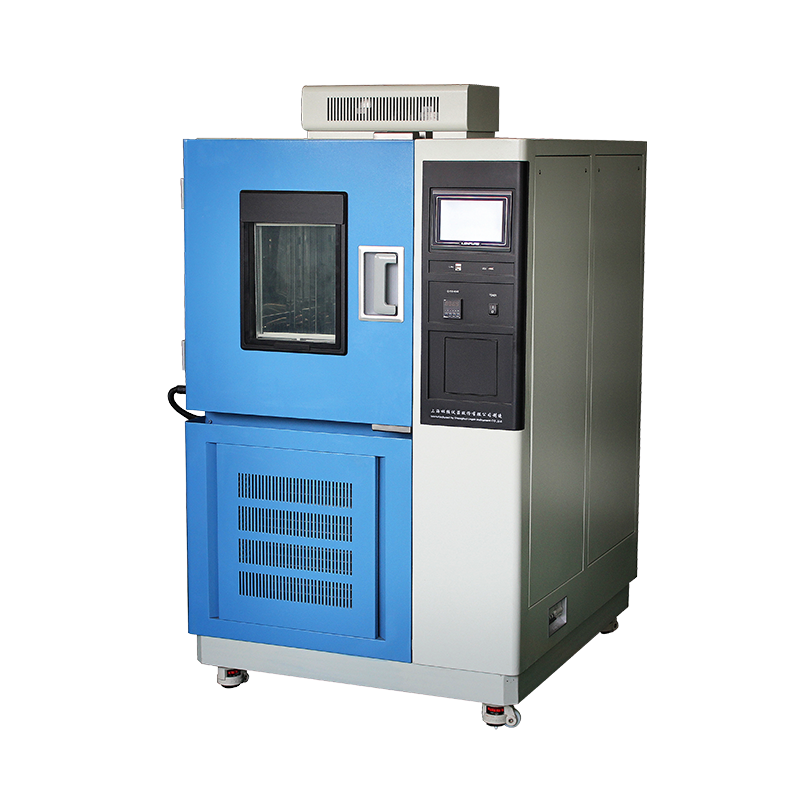

As the name suggests, a constant temperature and humidity test chamber is a device capable of maintaining a set temperature and humidity condition. This allows for precise data measurement and recording under these controlled conditions. Typically, experimental materials need to undergo multiple tests in various environments to obtain accurate experimental values, such as the dry and heat resistance of raw materials.

The constant temperature and humidity test chamber has a broader range of applications compared to a high-low temperature test chamber. While the latter can only regulate temperature, the former can control both temperature and humidity, making it an essential piece of hardware for simulating environmental adaptability tests of products under high-low temperature and humid conditions. It is used to test the quality of products such as mobile phones, plastic items, metals, food, chemicals, building materials, medical devices, and aerospace components. In essence, our daily lives are closely intertwined with this equipment. Take mobile phones, for instance; as a highly responsive electronic product, they require extremely sensitive electronic components for rapid reactions. Here, a constant temperature and humidity test chamber is crucial for rigorously screening these components. Although stringent screening may initially incur some costs, given the stringent requirements of electronic components regarding temperature and humidity, any deviation from these conditions can gradually reduce the lifespan of the components.
In the burgeoning semiconductor industry of recent years, the constant temperature and humidity test chamber also plays a role. When semiconductors are heated during the SMT process, water vapor can form on their surfaces, leading to pressure that causes IC resin packaging to crack. Once the IC resin cracks, the internal metal encapsulated within can oxidize, resulting in product failures. It’s worth noting that resin sealing is employed precisely to prevent oxidation. Dampened components need to be placed in a drying oven at a certain humidity level for an extended period, far exceeding the time they were exposed to moisture.